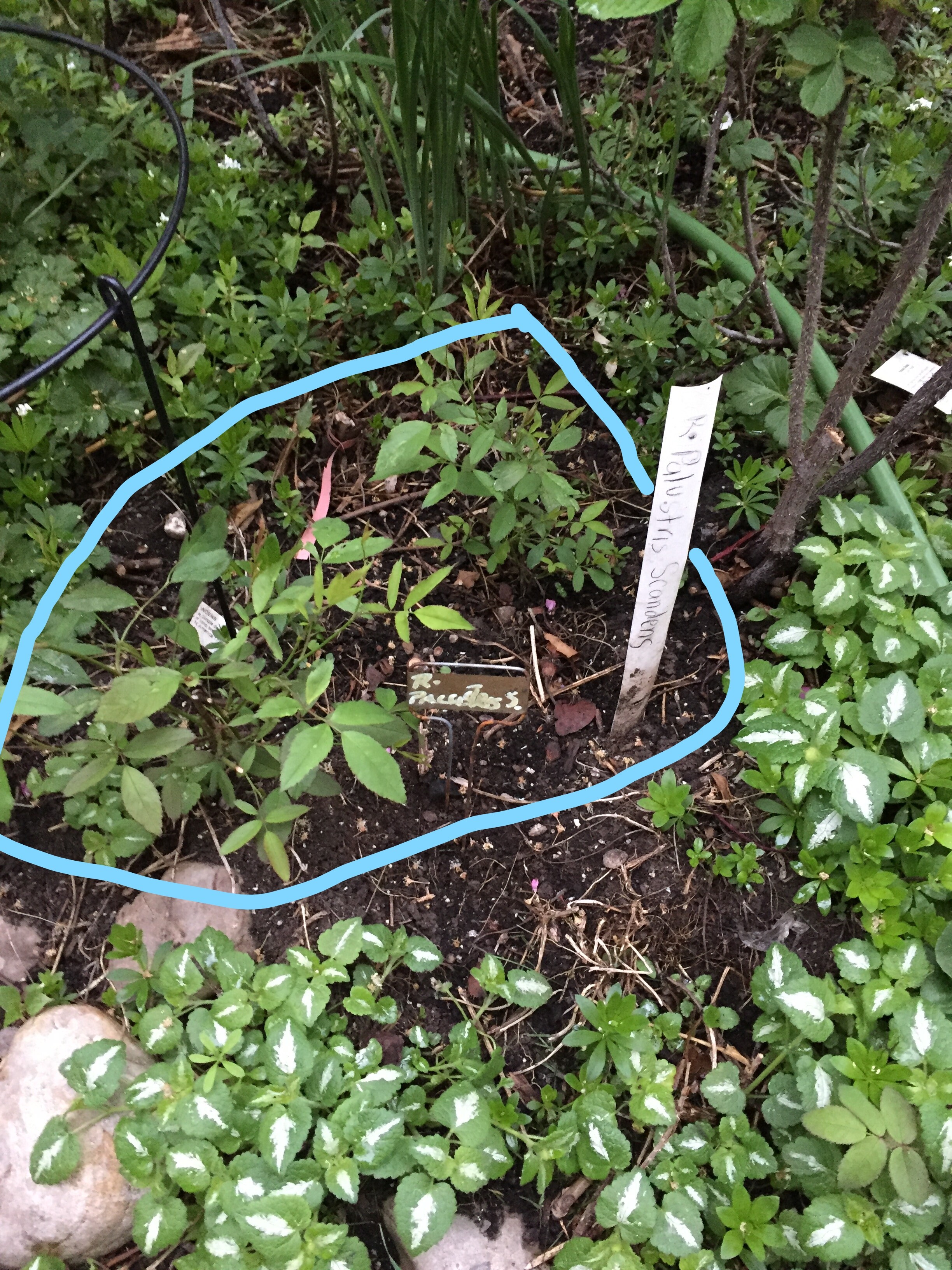Living in southern California, I have no need to worry about cold hardiness. Nevertheless, I think about it, and the struggles of people in the north who really need hardiness in their plants.
So, on this subject I wanted to share a note that William Paul extracted from a longer article in the Scottish Gardener.
Some nurserymen cultivate only the Roses which have a secondary period of flowering in autumn; and even Mr. Rivers is swaying towards that result. Prefixed to his catalogue of summer Roses he has the following paragraph:—‘The numerous varieties of this class, once nominally more than 2000, have now become of secondary interest, except for showing as single blooms for prizes, owing to the introduction of so many beautiful autumnal Roses, more particularly the varieties of Hybrid Perpetuals, which now comprise all that is most perfect and beautiful in form and colour. A summer Rose-tree, whether bush or standard, when its flowers have passed away is a most uninteresting object; in a few years, it is most probable that, with the exception of Moss Roses, summer Roses will be spoken of as things that were.’ With all deference to Mr. Rivers’ acknowledged authority and taste, we must protest against this doctrine, in behalf of Scotland at least. We will not give up our summer Roses. They are on the whole hardier and better adapted for our climate than the Hybrid Perpetuals, many of them raised at Lyons or in some of the warmer districts of France, and with a large infusion of China blood in them. Many of the former, such as Coupe d’Hébé, Chenédolé, Kean, Madame Zoutman, and some hundred others in the same families, ‘make glorious summer’ in July, when our weather is at the finest; and at that season, so far as we have seen, they are as yet not quite equalled by the Hybrid Perpetuals. In Scotland, at least, the flowering of the latter in September and October—greatly to be prized in itself—is only a faint Indian summer compared with the full orbed glory of the former season.
When I was a kid in Kansas, my mother had just two roses. ‘Paul’s Scarlet Climber’ was spectacular every year. It really did stop traffic (as little traffic as we had) when people wanted to know what the heck it was. The other was ‘Golden Showers’, a beautiful variety when it is given suitable soil and climate, but worthless in NE Kansas.
In Tennessee I enjoyed the parade of ramblers, some introduced and one native, that gave a succession of bloom. Rosa multiflora started the display, followed closely by the Wichuraiana hybrids. There was then a gap in the show, until R. setigera started. With a little effort, I am confident that one could breed a group of ramblers that could provide continuous flowering, though each specimen was once-blooming. One could then train the various selections to a fence or wall, overlapping their canes, so blooms of different form and color can appear together.
Just a thought.
